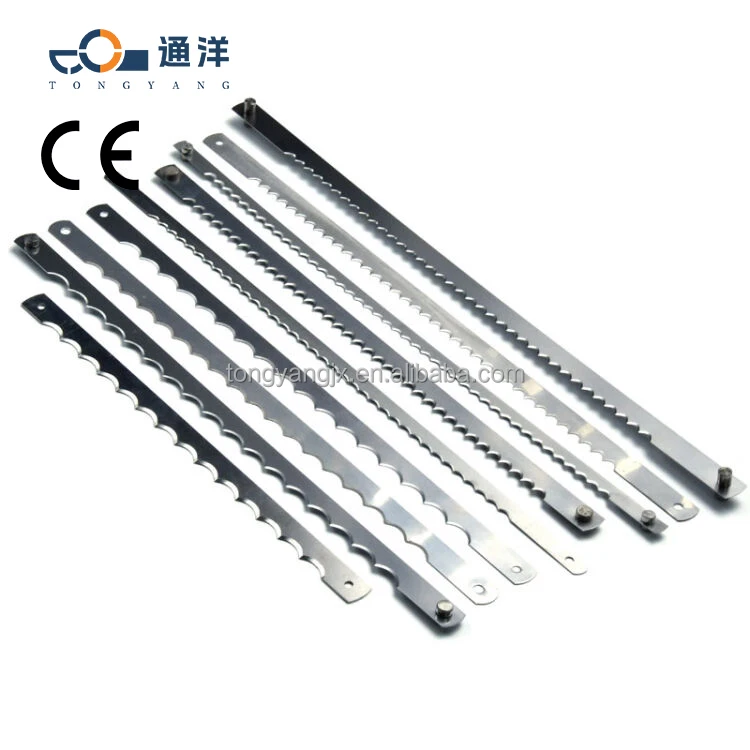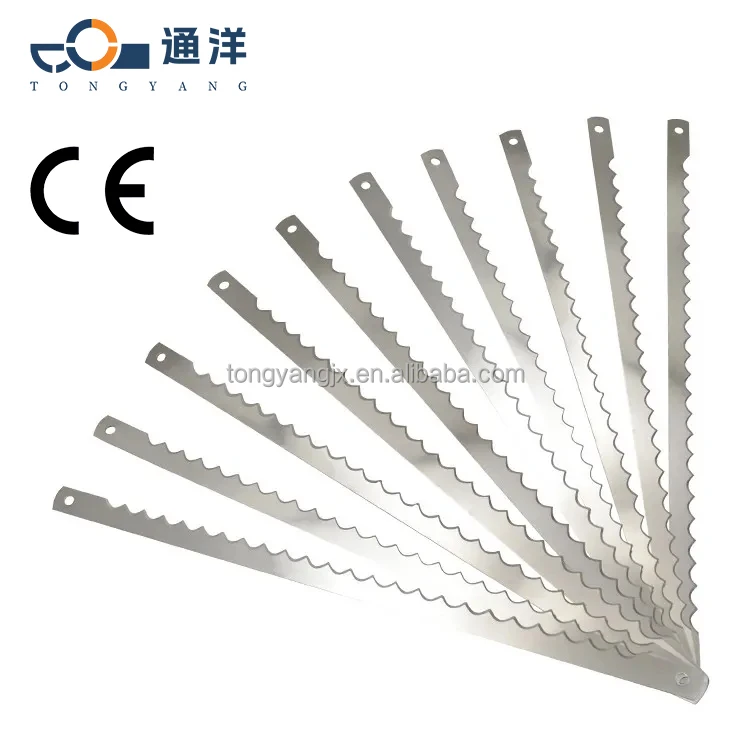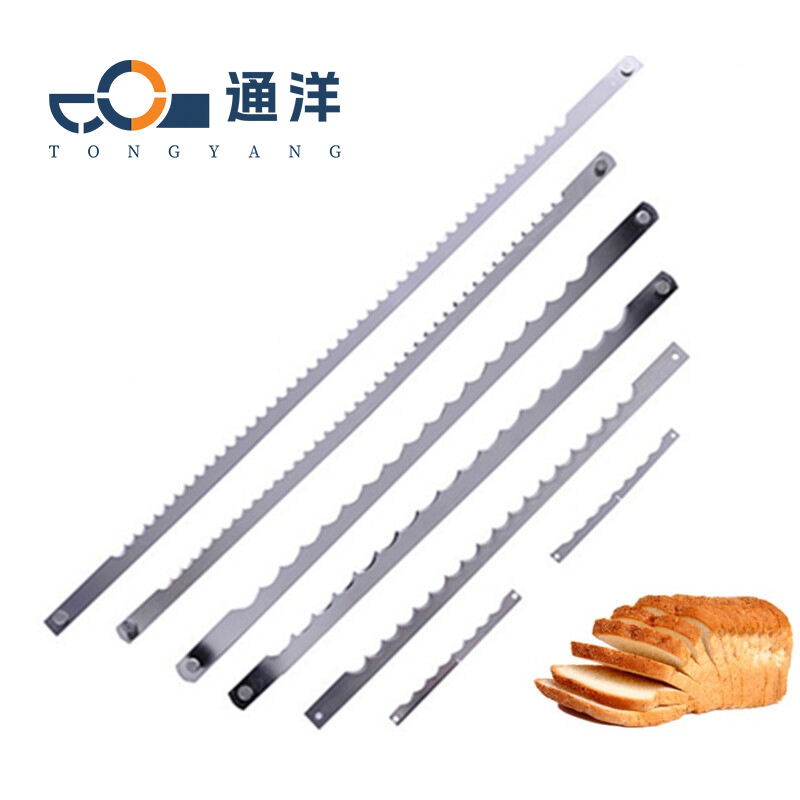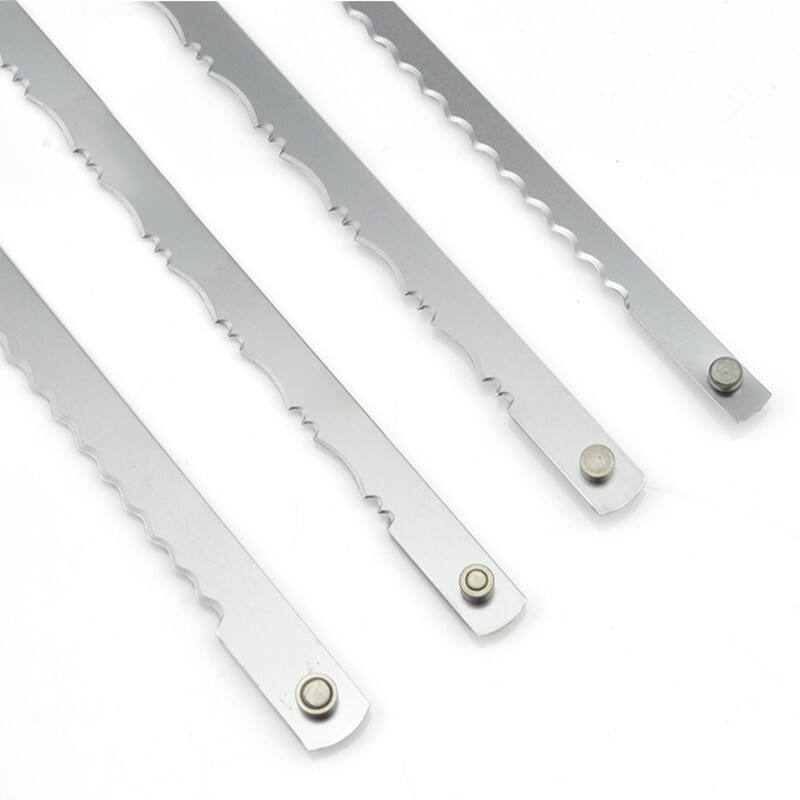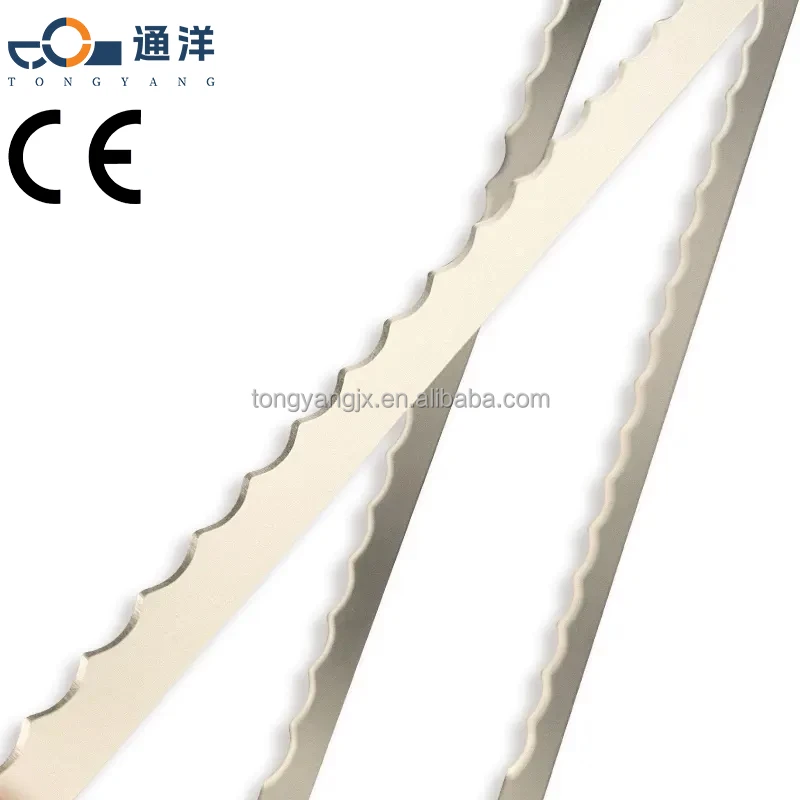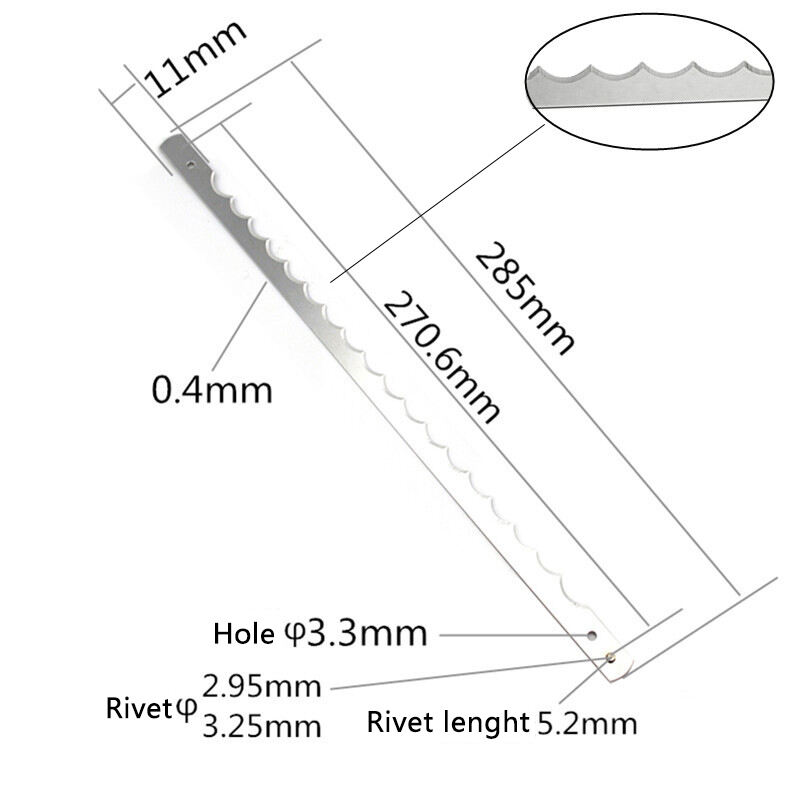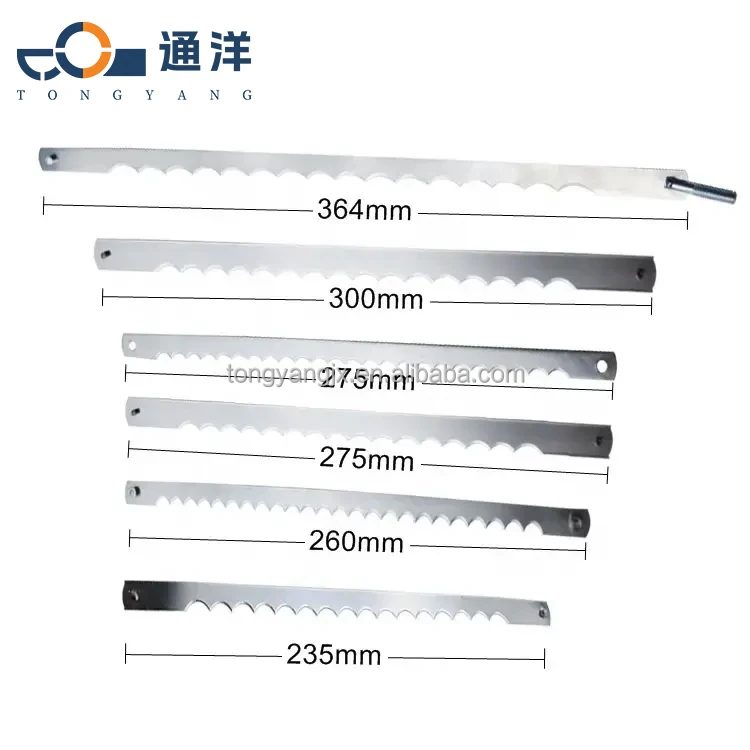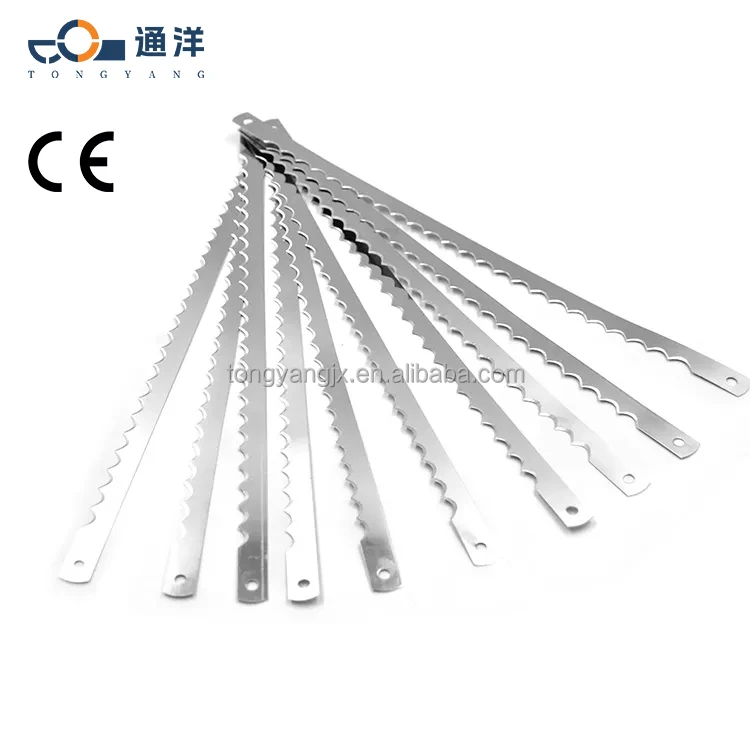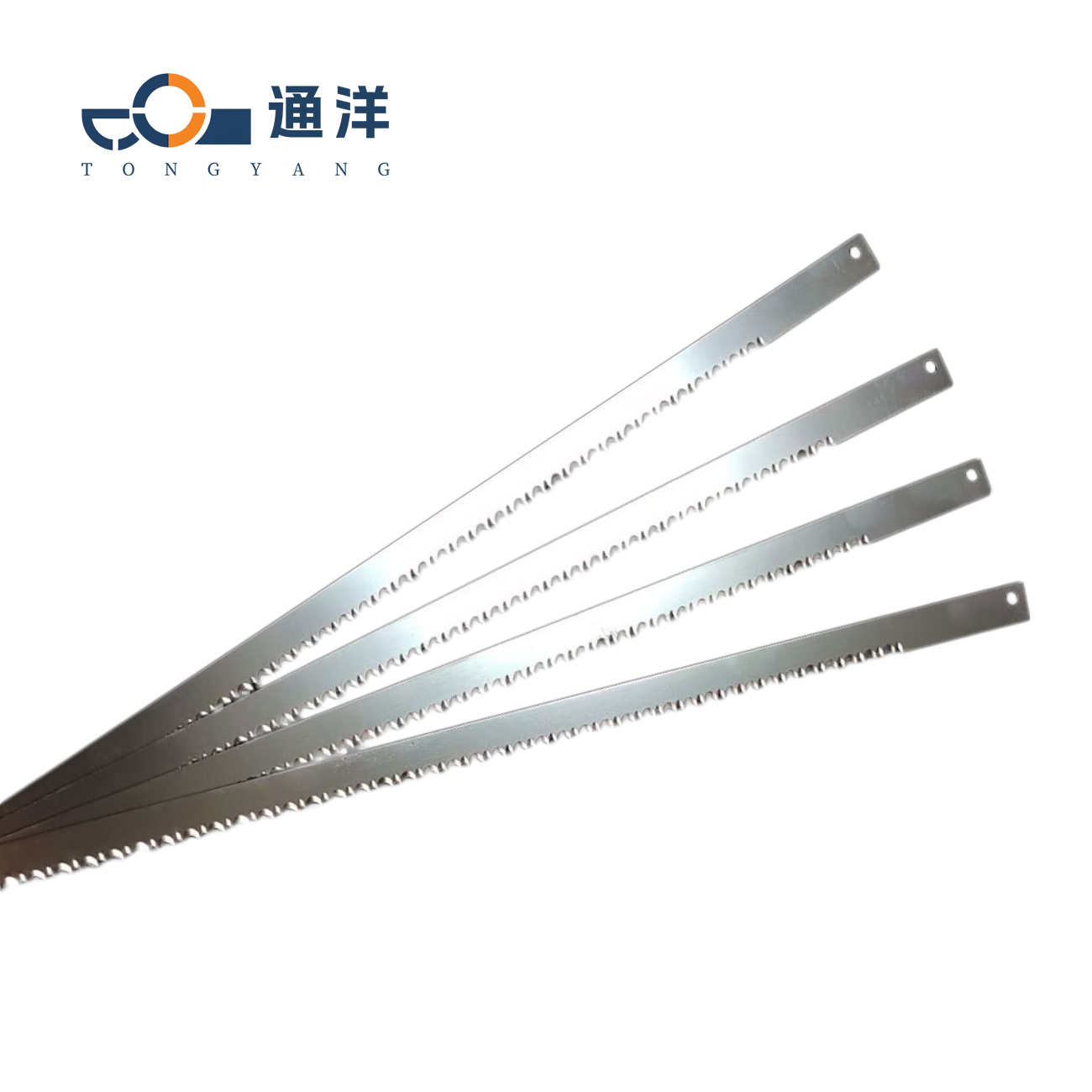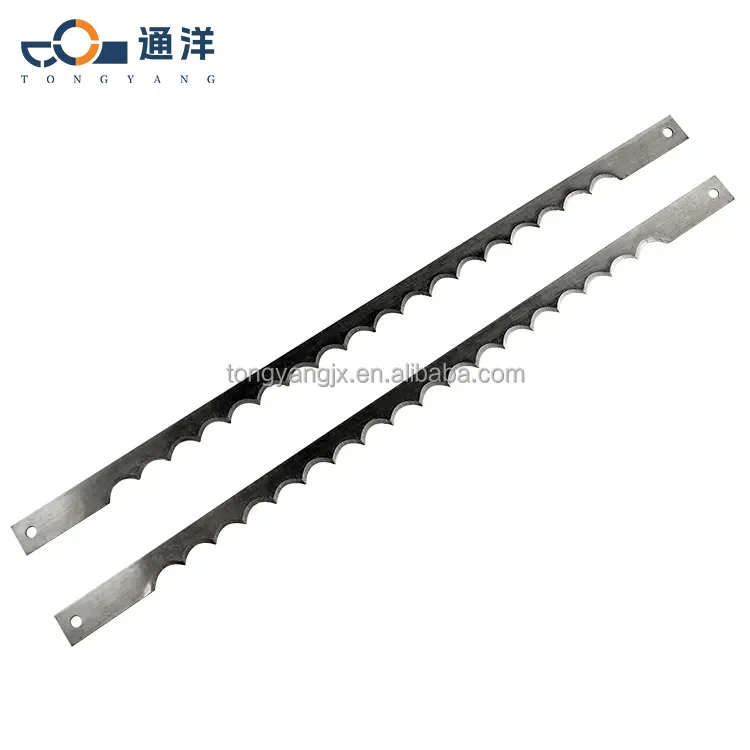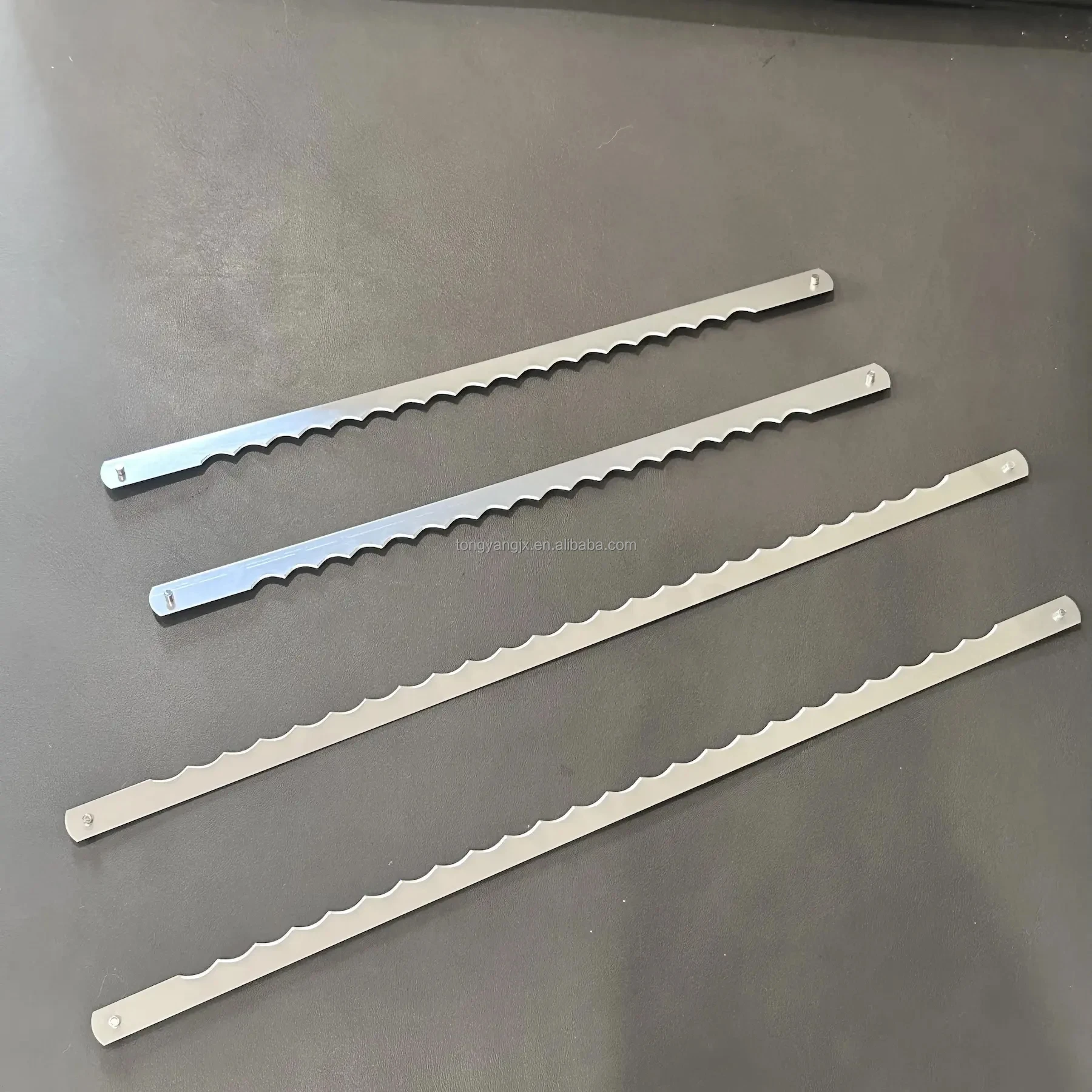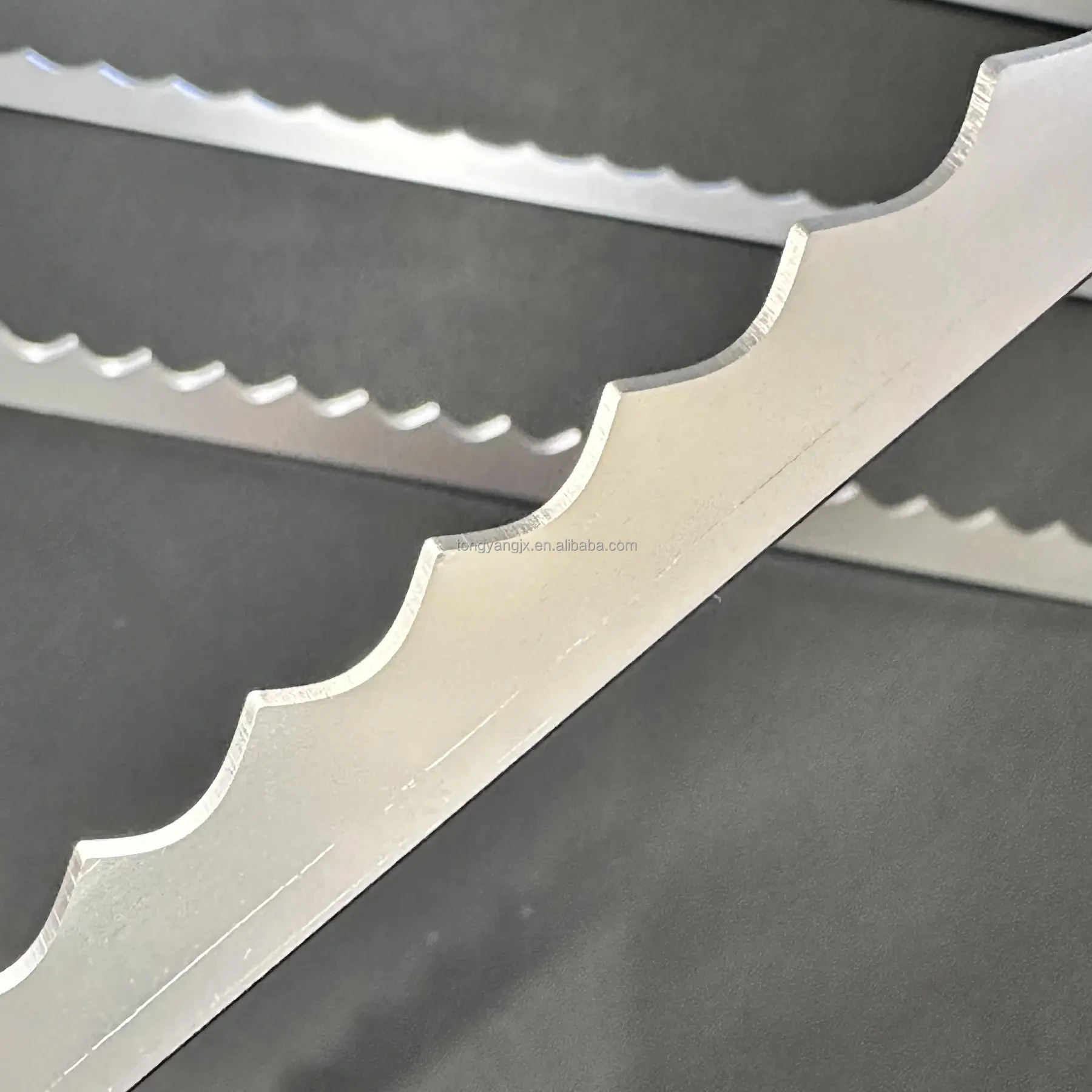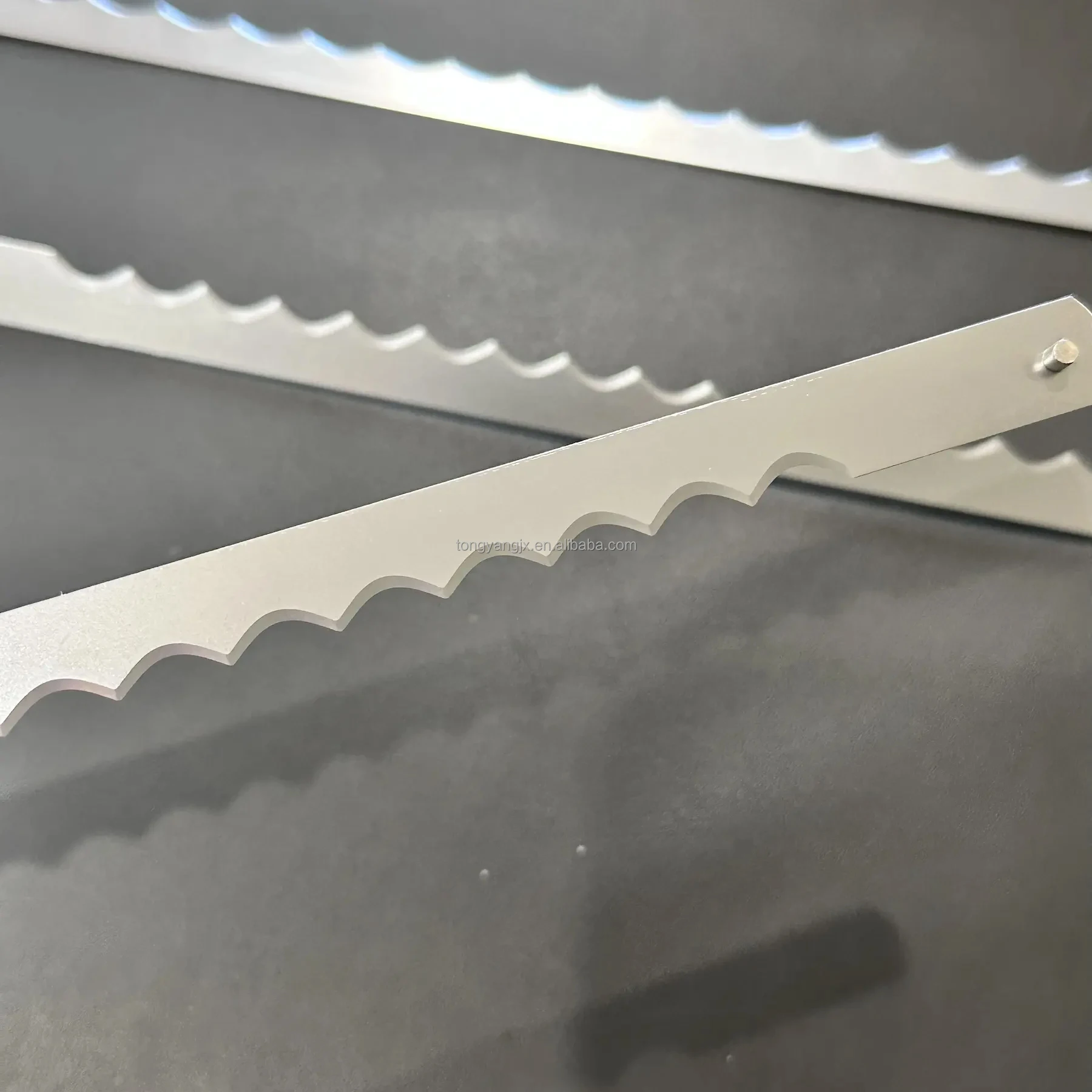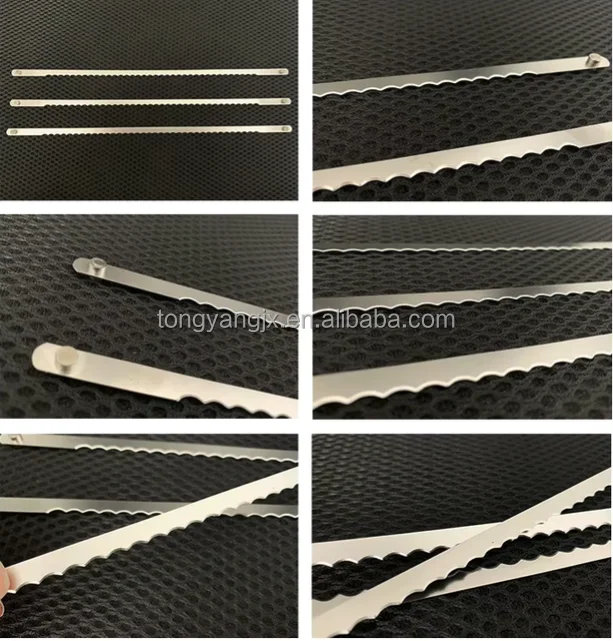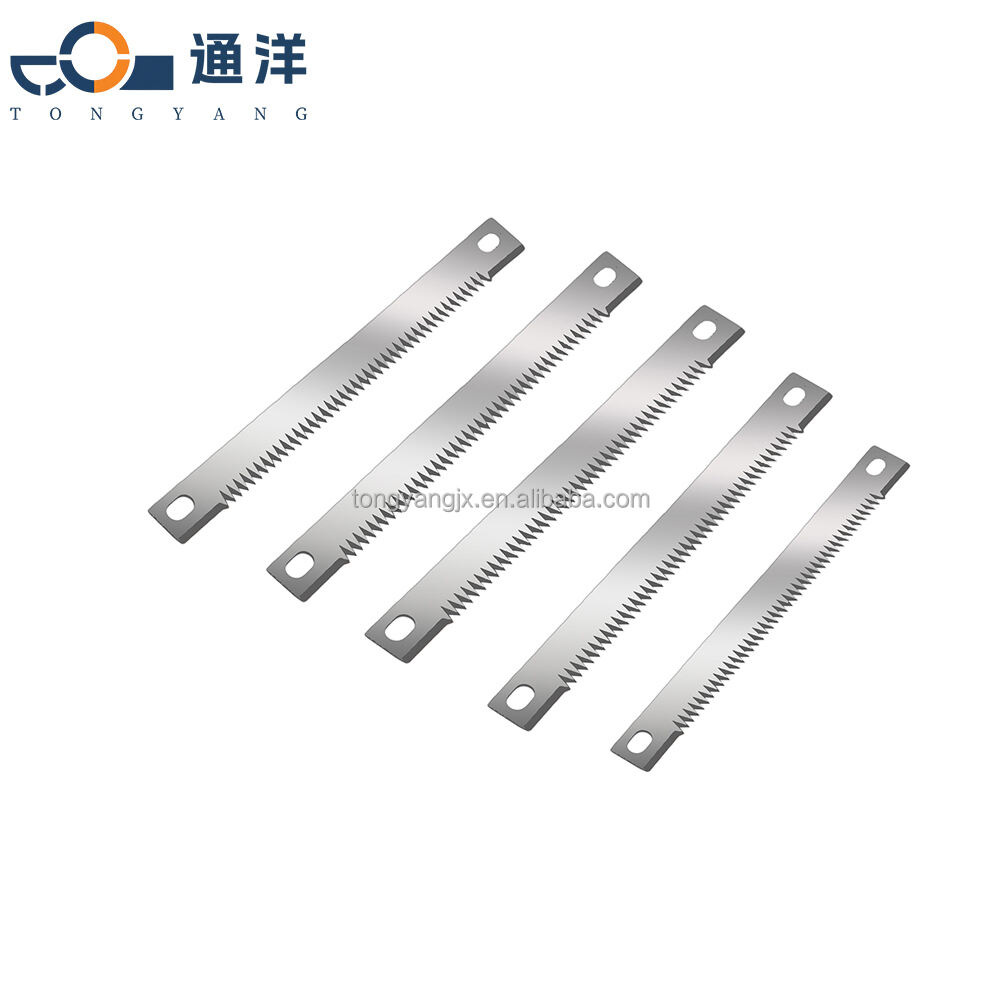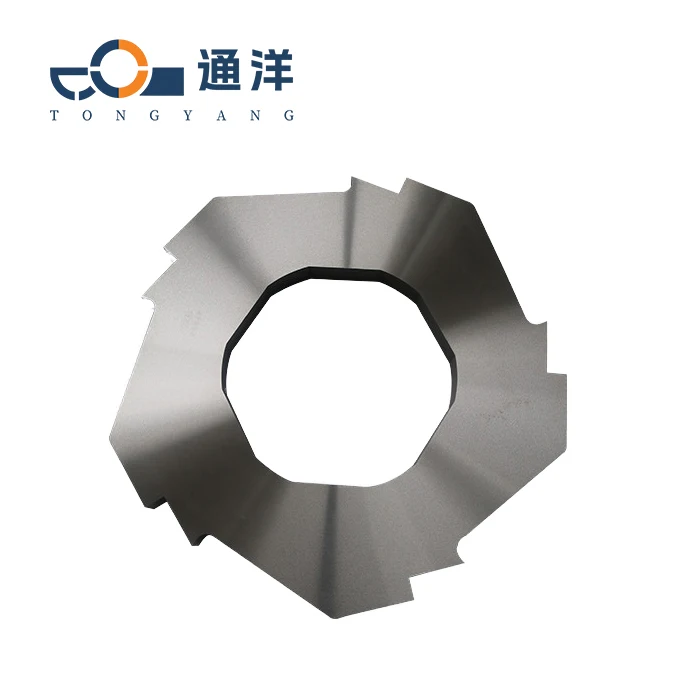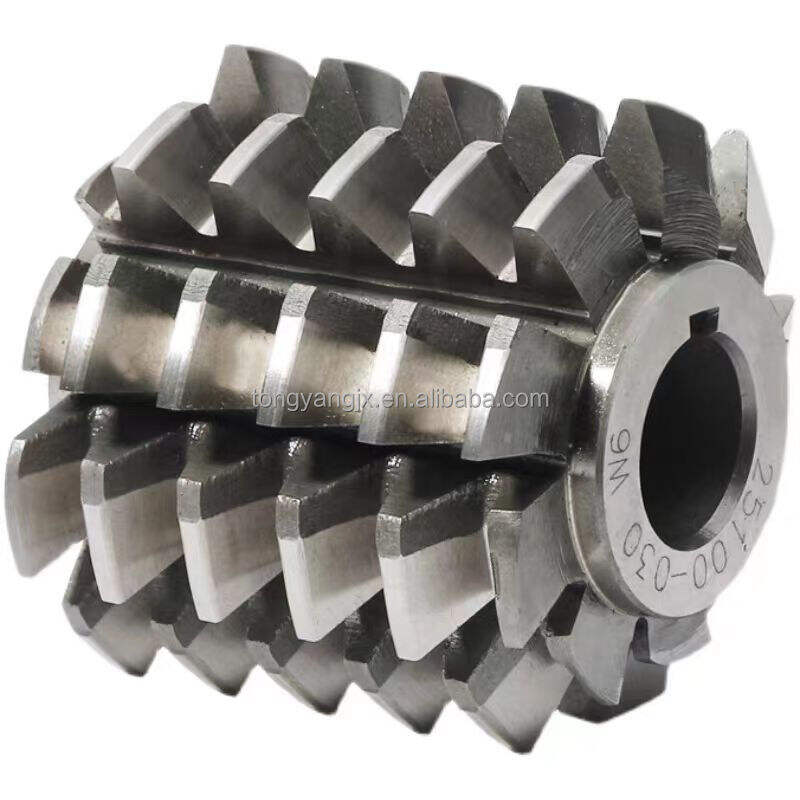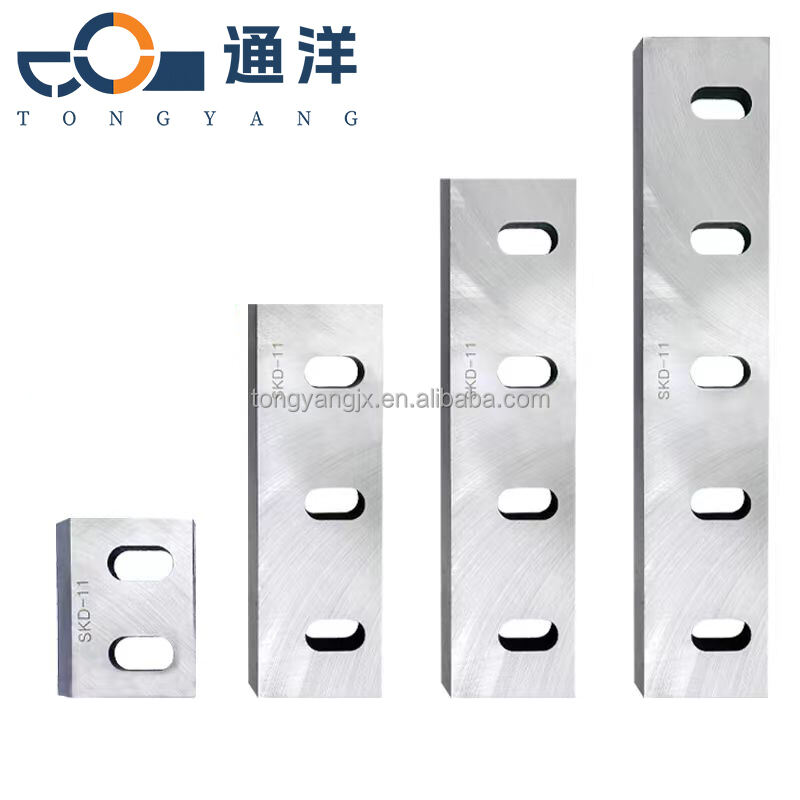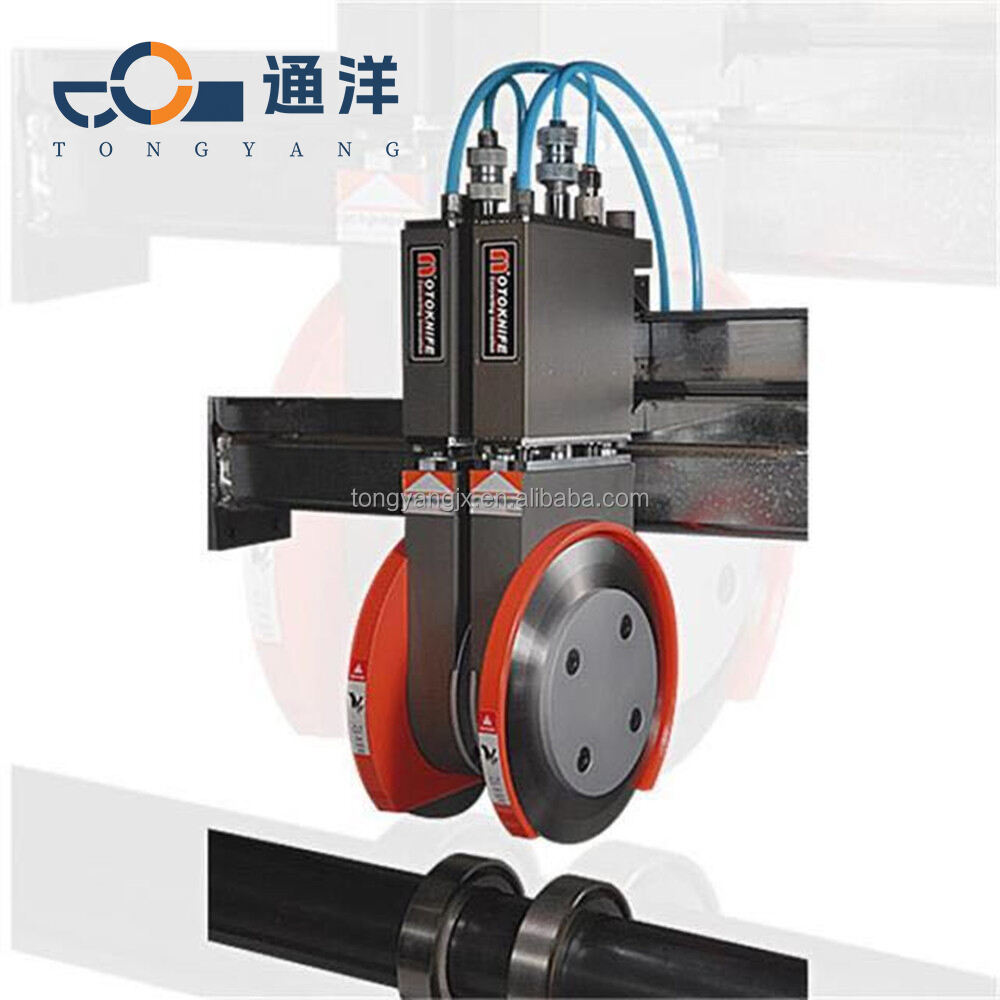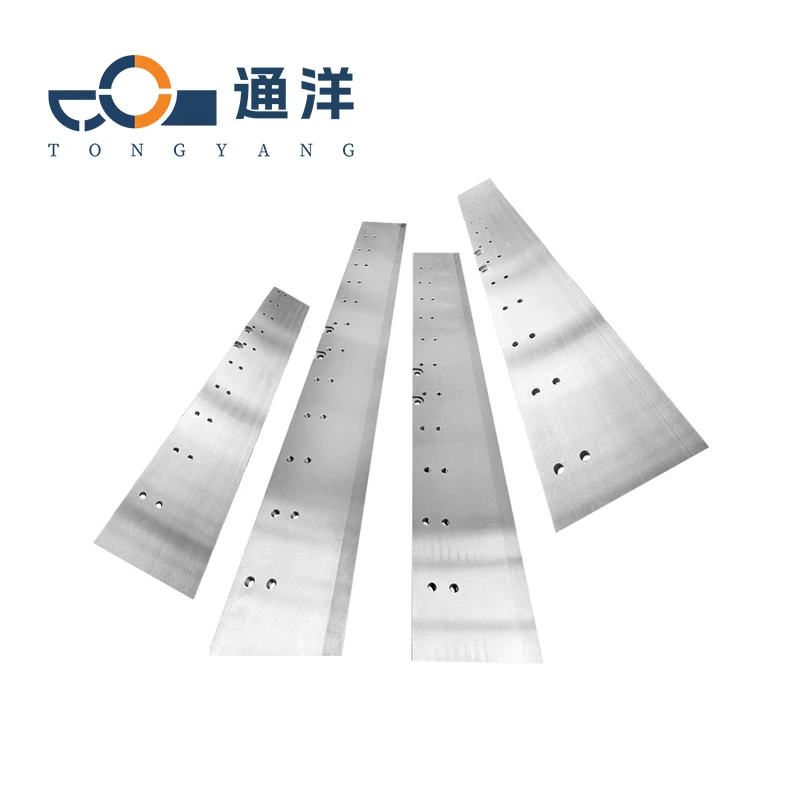Bread slicer blade
- Overview
- Related Products
products Description
Stainless Steel Slicing Machine Bread Blade
Features:
1.Size accepte customized.
2.Superior high carbon and stainless Steel.
3.Excellent rust resistance and durability.
4.Burr-free teeth cutting edge.
5.Extended shelf-life packaging.
6.Full range of specifications and sizes.
7.All our products comes with certifications.
8.Applicable to various bread slicer machine.
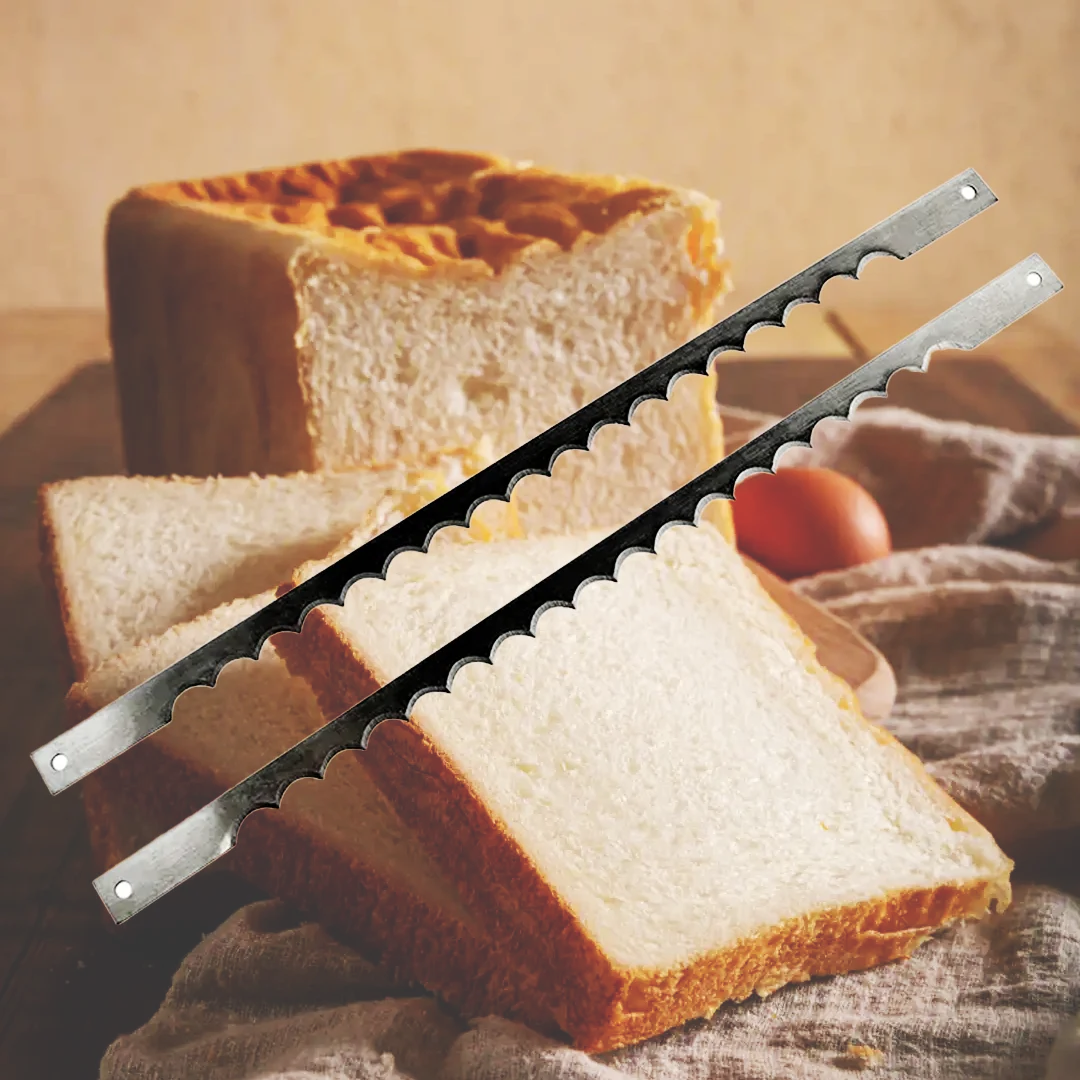
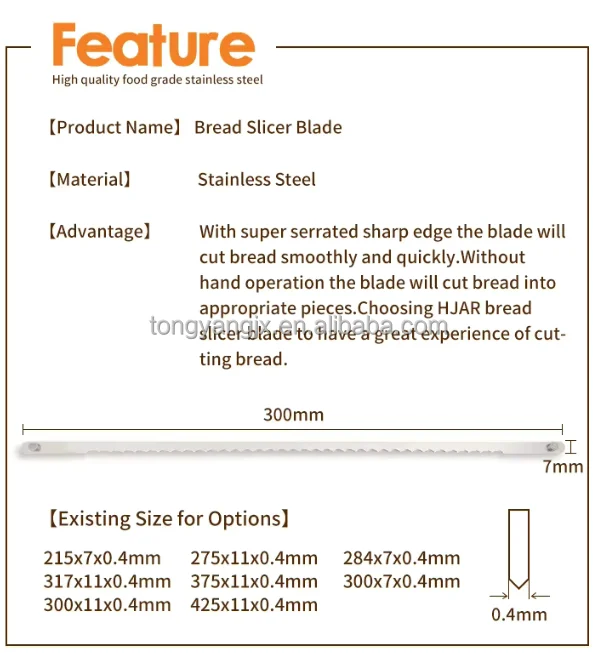
The maintenance of the blades of a bread slicer directly affects their service life and
cutting effect. The following are professional maintenance suggestions for the usage
scenarios:
Daily cleaning and maintenance
1.Clean it in a timely manner.
Immediately after use, wipe the blades with a soft cloth or sponge dipped in a neutral detergent (avoid
acidic or alkaline cleaners) to remove residues such as bread crumbs and grease (residues are likely to
breed bacteria and accelerate rusting).
A soft-bristled brush can be used to clean the crevices, and hard objects should be avoided from scratching
the blade edge (to prevent burrs or nicks).
2.Deep cleaning (weekly/regularly)
Detachable blades: Put them in the dishwasher (select the gentle mode) or soak them in warm water for
10 minutes and then scrub them (make sure there is no detergent residue).
Non-detachable blades: Wipe repeatedly with a wrung-out damp cloth and disinfect with a food-grade
disinfection spray (such as 75% alcohol).
3.Thoroughly dry it
After cleaning, immediately dry it with a dry cloth or air dry it, focusing on drying the root of the blade
and the screw interface (accumulated water is the main cause of rusting for stainless steel).
Rust prevention and lubrication
1.Rust prevention treatment
After each cleaning and drying, apply a thin layer of food-grade anti-rust oil (such as mineral oil) to the
surface of the blade, paying special attention to the edge of the blade and the metal joints (blades made
of high-carbon steel require more frequent maintenance).
In a humid environment, it is recommended to wrap and store the blades with rust-proof paper.
2.Lubricate the joints
Drop 1 to 2 drops of food-grade lubricating oil (such as silicone oil) onto the movable parts like the blade
holder and the rotating shaft every month to avoid friction and wear (do not apply it on the blade edge).
Storage and protection
1.Store safely
After disassembly, place it flat in a dry and ventilated place. Use a special knife sheath or a foam
partition box (to prevent notches caused by the collision of the blade edges).
Avoid storing it together with other metal tools (to prevent electrochemical corrosion).
2.Long-term storage
Cleaning → Drying → Oil application → Sealed packaging (Use packaging materials that can extend
the shelf life, such as aluminum foil bags + desiccants).
Storage temperature: 5-25℃, humidity < 60%.
Precautions for Use
1.Avoid overloading
It is only used for cutting soft food ingredients such as bread. It is prohibited to cut hard objects like
frozen meat and hard candies (to prevent the blade from deforming or chipping).
The single cutting volume should not exceed the designed load of the blade.
2.Regularly check
Inspect the blade edge weekly: Test the cutting effect with a piece of white paper (it is normal if the
cutting is smooth without serrated marks). Check for rust spots, nicks, or looseness.
Screw tightening: Check the fixing screws of the blade monthly to ensure they are not loose. (Loose
screws can cause cutting deviation and accelerate wear.)
3.Professional maintenance
Treatment of dull blades: Use a special sharpening rod (made of ceramic or diamond) to sharpen the
blade unidirectionally at a 45° angle along the cutting edge. (It is recommended that non-professionals
return the blade to the factory for grinding.)
Replacement due to wear: When there is an irreparable notch or the cutting efficiency drops by 30%
replace the blade in a timely manner.
| Item | Occurrence | Key operation points |
| Daily cleaning | After each use | Wash → Dry → Apply oil |
| Deep cleaning | Every week / every month | Dismantle for cleaning + disinfection + thorough drying |
| Lubrication maintenance | Every month | Lubricate the movable parts with oil |
| Comprehensive inspection | Every quarter | The condition of the blade edge + Tightening of the screws + Anti-rust inspection |
Details Images
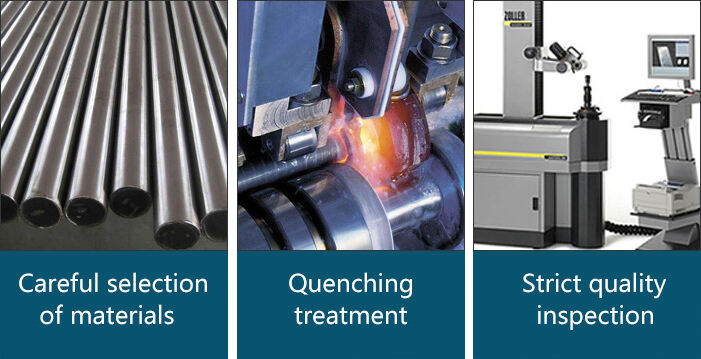
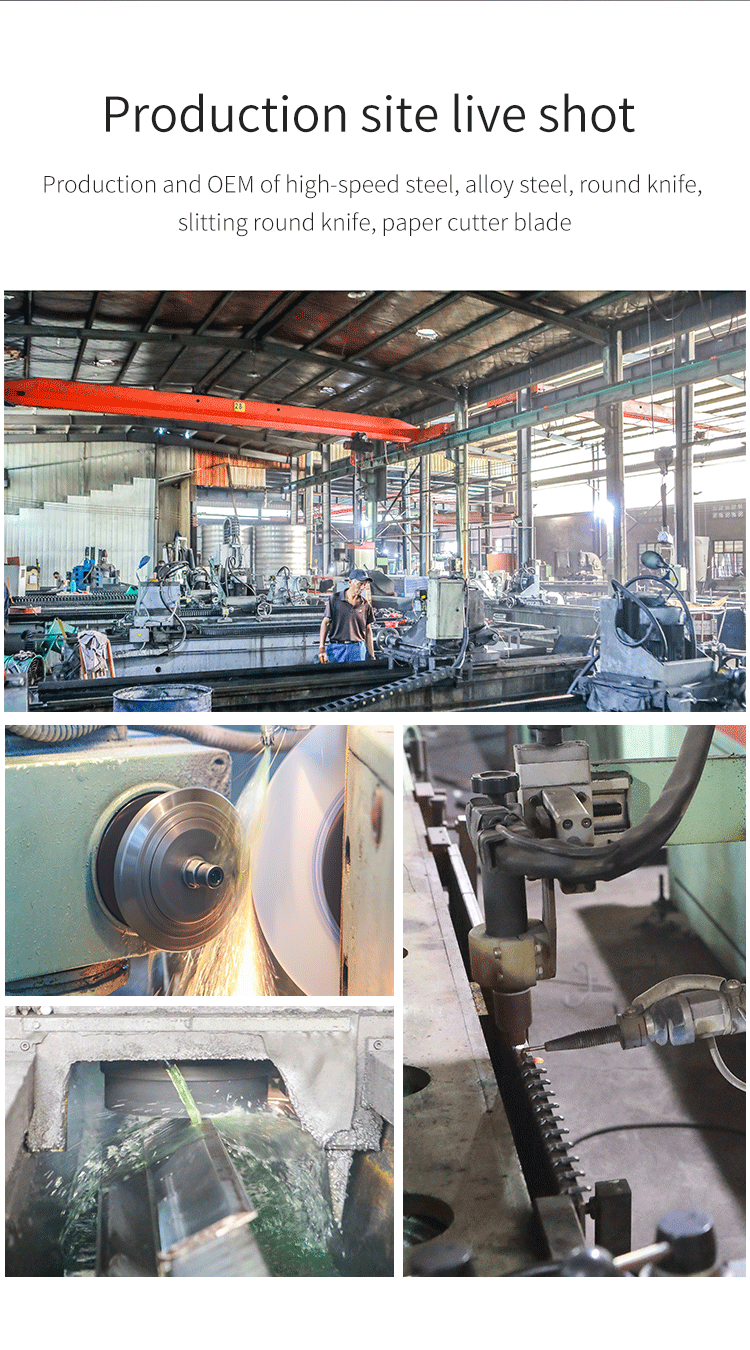
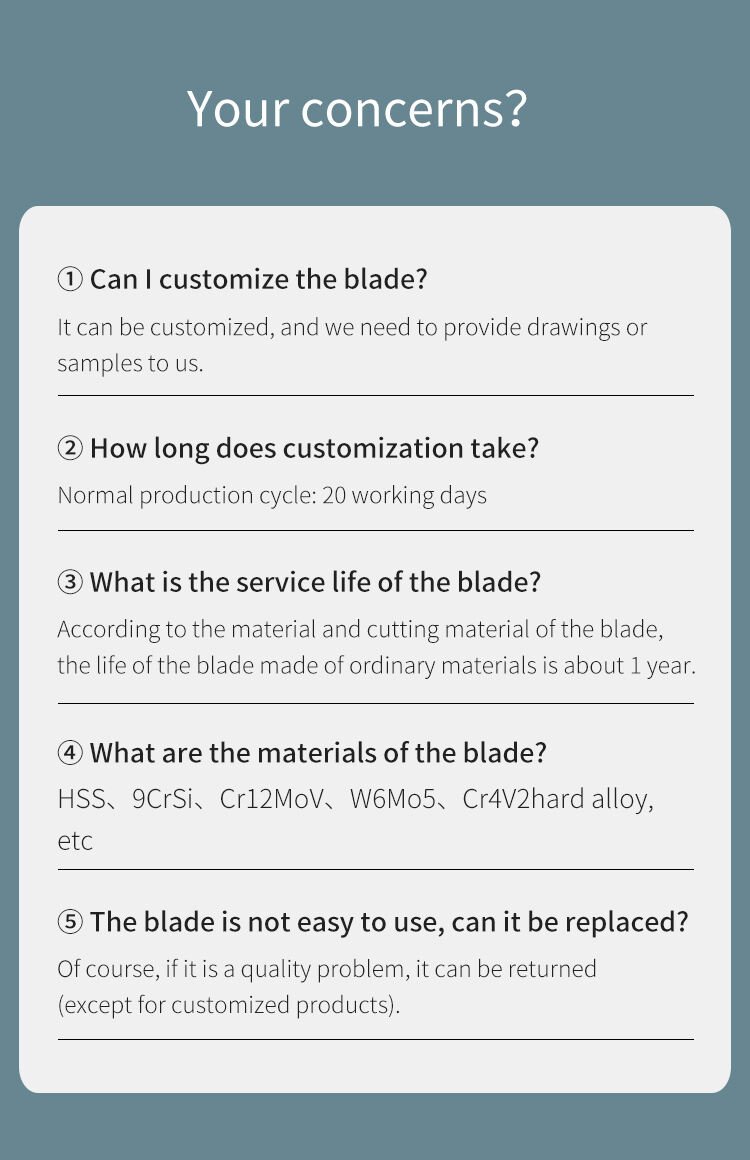

 EN
EN
 AR
AR
 HR
HR
 CS
CS
 DA
DA
 NL
NL
 FI
FI
 FR
FR
 DE
DE
 EL
EL
 IT
IT
 JA
JA
 KO
KO
 NO
NO
 PL
PL
 PT
PT
 RO
RO
 RU
RU
 ES
ES
 SV
SV
 IW
IW
 ID
ID
 LV
LV
 LT
LT
 SR
SR
 SK
SK
 SL
SL
 UK
UK
 SQ
SQ
 ET
ET
 HU
HU
 TH
TH
 TR
TR
 FA
FA
 AF
AF
 MK
MK
 KA
KA
 UR
UR
 BN
BN

